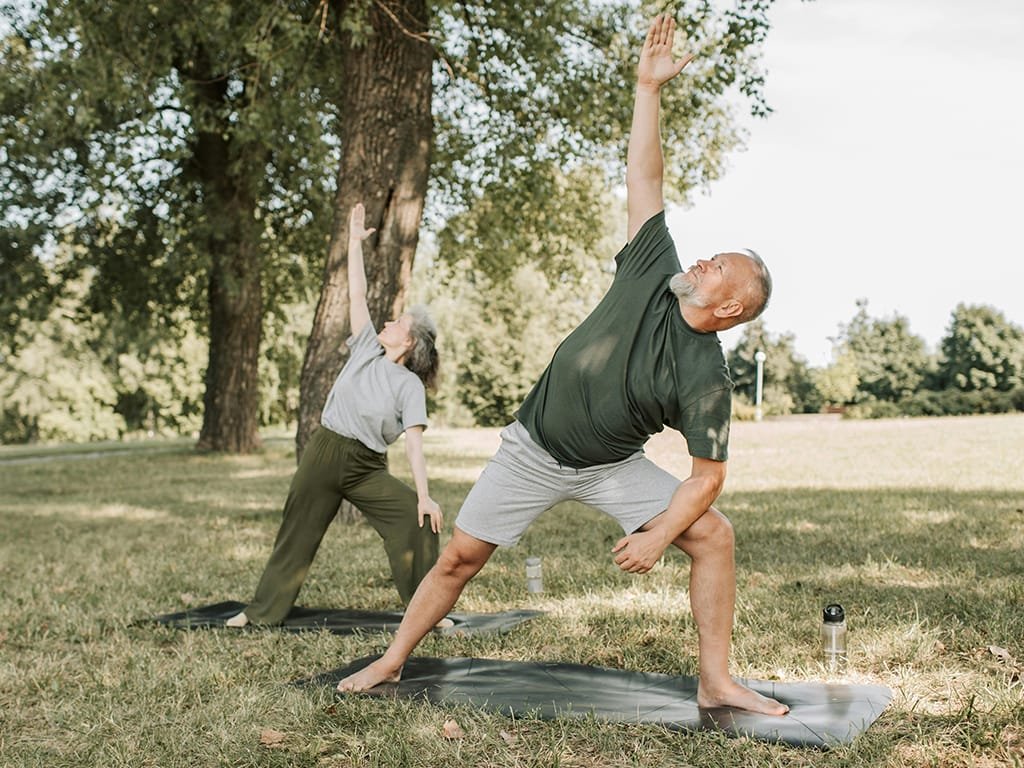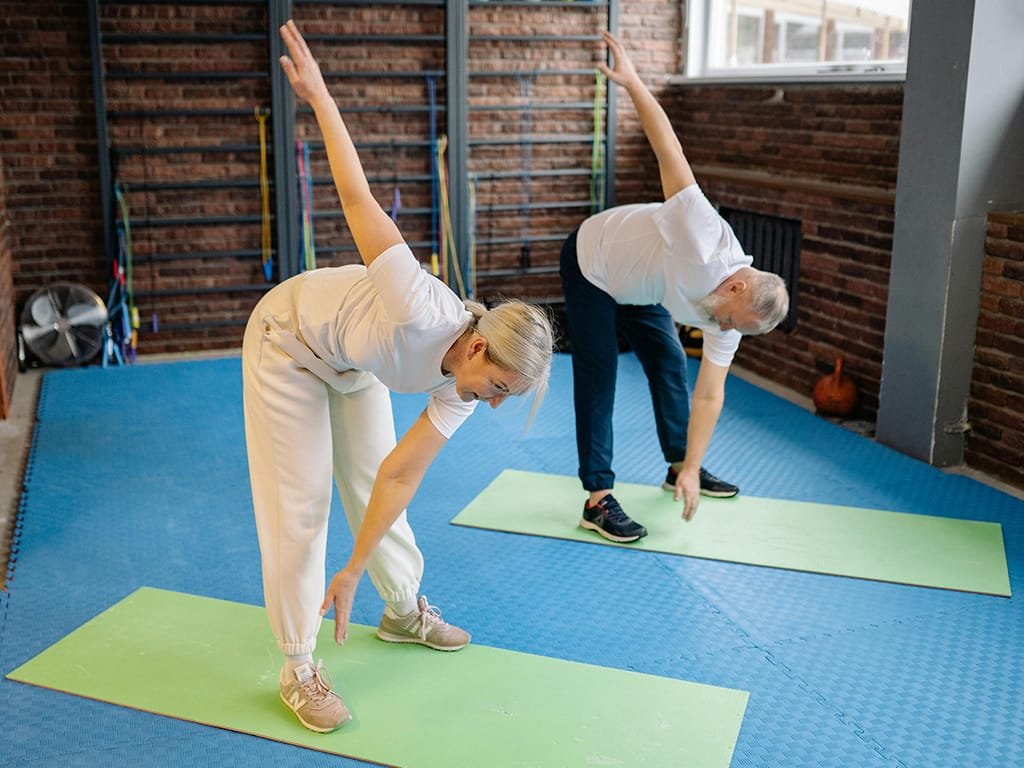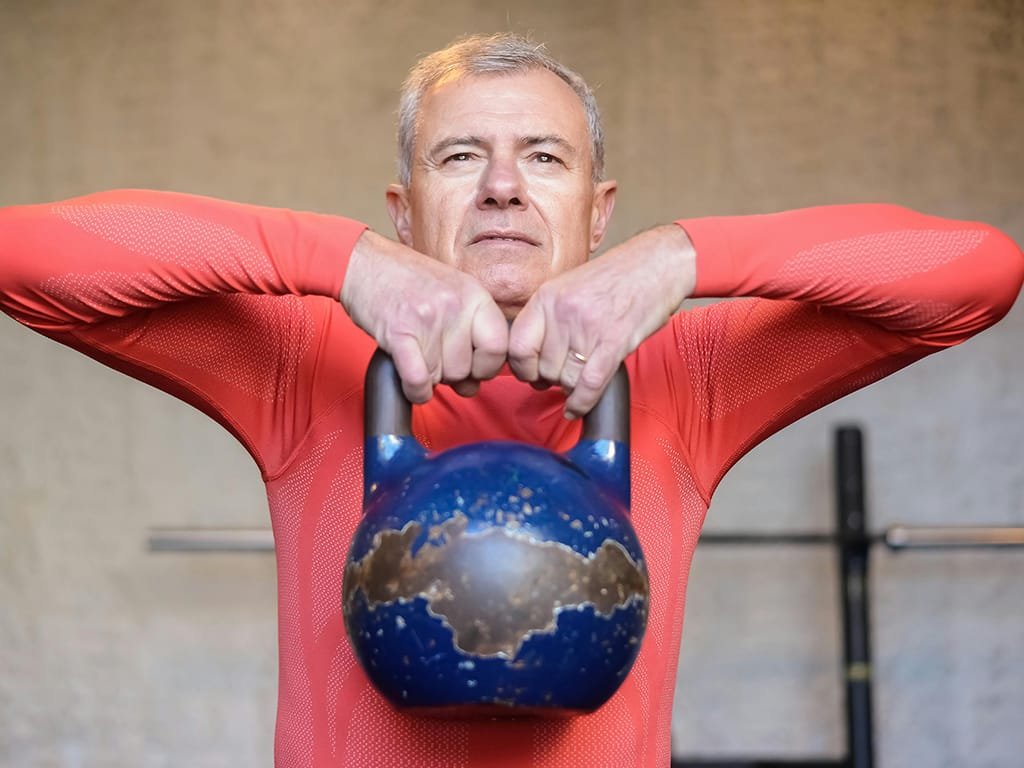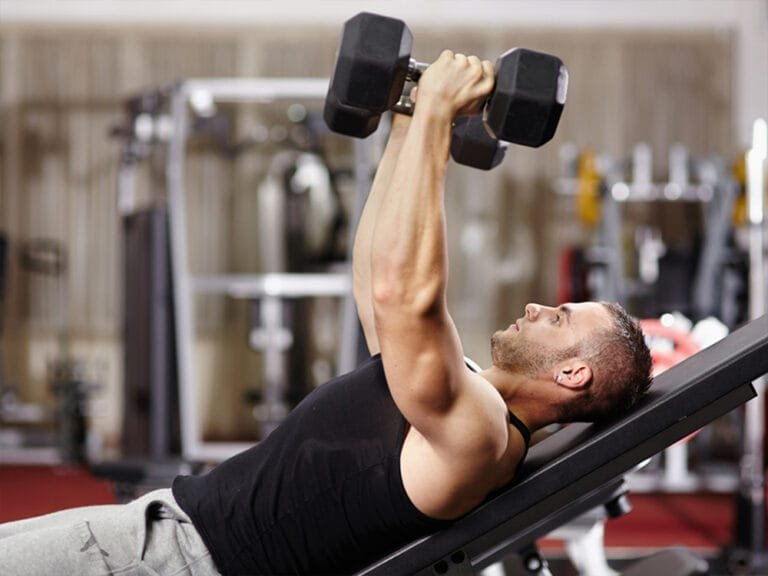The Best Fluffy Pancakes recipe you will fall in love with. Full of tips and tricks to help you make the best pancakes.
How to Achieve Peak Fitness After 40: Feeling Great Workout Tips for 40s Fitness at Any Age and Middle Age
Reaching your ’40s’ is a milestone to celebrate your experiences, embrace new challenges, and prioritize your health like never before. But let’s be honest: staying fit and feeling great Peak Fitness After 40 can feel like navigating uncharted territory. Your body changes, your energy shifts, and what worked in your 20s may no longer deliver the same results. So, how can you stay active, vibrant, and full of life as you age?
Table of Contents
ToggleThis blog is here to guide you through practical and effective workout tips tailored for you beyond 40. From optimizing your fitness routine to addressing common challenges like joint health and recovery, tendons and ligaments, you’ll learn strategies to feel your best at any age. Ready to discover how ‘peak fitness’ is not just achievable after 40, but an exciting part of this new chapter? Let’s dive in and redefine what it means to stay strong, healthy, and energized in middle age!

Key Takeaways
- It’s never too late to start a fitness journey.
- Overcoming challenges can lead to significant health improvements.
- Focusing on ‘peak fitness’ can enhance your quality of life.
- Middle-age achievements are possible with consistent effort.
- Your mental well-being benefits from physical activity.
Understanding Endurance the Importance of Fitness After Age 40
After 40, keeping your health in check is more important than ever. Fitness becomes key as your body undergoes changes. Muscle and bone strength often drop, mainly because of hormone decline. This affects how well you can move and do things.
Regular exercise brings many benefits for those over 40. It boosts heart health, increases strength, and keeps you mobile. It’s not just about looking good; it also lowers the risk of serious diseases like diabetes and heart problems. Making fitness a priority is a smart move for your health now and in the future.
Benefits of Achieving Peak Fitness After 40
Getting to ‘peak fitness after 40′ brings many benefits. It improves your heart health and muscle strength. These changes help you live longer and better.
Knowing these benefits can keep you motivated to stay active. It’s key to your health journey.
Improved Cardiovascular Health
As you get older, keeping your heart healthy is more important. Exercise boosts your heart’s function and helps control blood pressure and cholesterol. This means better oxygen flow to your body’s muscles and organs.
Activities like brisk walking, cycling, or swimming can greatly improve your heart health. They help you live a longer, healthier life.
Enhanced Muscle Mass and Strength
In your 40s, your muscle mass naturally goes down. This can affect your strength and metabolism. But, with ‘strength training, you can fight this decline.
‘Strength training’ adds muscle, improves balance, and lowers injury risk. It makes you stronger and more independent. This lets you enjoy life more and stay active.
Tailoring Your Workout Routine for Resilience 40 Fitness
Creating a workout plan for your 40 is all about mixing different elements. Focus on resistance training to build muscle and keep bones strong. Adding cardio to your routine boosts strength and ‘endurance’. This mix supports your health and keeps you feeling young.
Incorporating Resistance Training
Resistance training is great for aging bodies. It strengthens muscles, improves balance, and enhances movement. Use free weights, bands, or bodyweight exercises. Aim for two to three sessions a week, focusing on big muscle groups like:
- Chest
- Back
- Legs
- Core
Begin with lighter weights and increase as you get stronger. This helps you keep improving and avoids injuries.
Combining Cardiovascular Endurance with Strength Training
Adding cardio to your routine boosts your heart health and stamina. Include activities like jogging, cycling, or swimming for 150 minutes a week. A good ’40s workout plan’ should have:
- 30 minutes of steady cardio, like brisk walking or cycling.
- High-intensity interval training (HIIT) for a quick cardio workout.
- Short cardio bursts during ‘strength training’ to keep ‘endurance’ up.

Key Workout Tips How to Stay Fit in Your 40s (Fitness at Any Age)
As you enter your 40s, focusing on recovery is key. It’s about managing your workout load and knowing when to rest. These tips can make your fitness journey better.
Focus on Recovery and Rest Days
Recovery time is vital in your fitness plan. It lets your muscles heal and strengthens your body. Make sure to include rest days to avoid injury and keep improving.
- Reducing muscle fatigue
- Preventing injuries
- Aiding mental clarity and motivation
Adapting to Physical Changes After 40
It’s important to adjust to your body’s changes in your ’40s – 50s’. You might notice stiffer joints and less energy. Listen to your body and tweak your workouts to fit your needs.
- Incorporate flexibility exercises to enhance mobility.
- Modify the intensity of your workouts to suit your current energy levels.
- Focus on low-impact activities to minimize joint strain.
Finding Activities You Enjoy for Sustainable Middle Age Fitness
Discovering enjoyable workouts is key to sustainable fitness. Doing activities you love boosts your motivation and keeps you on track. Mixing up your routine can make it much more exciting.
Try adding variety to your weekly routine. Dancing, swimming, treadmill, or hiking are great alternatives to usual workouts. Social sports or group classes can improve your skills and help you meet new people or personal trainer.
- Explore outdoor adventures like biking or rock climbing.
- Join community sports leagues for a fun, competitive experience.
- Register for dance or yoga classes to learn new skills.
Enjoyable workouts keep your mind positive about fitness. It turns exercise from a chore to a rewarding part of your life. This way, you can see lasting results and improve your overall well-being.
Integrating Nutrition for Overall Health – Full Potential
Reaching fitness goals in your 30s – 40s is more than just working out. Nutrition plays a big role. Choosing the right foods can boost your health and fitness.
The Role of a Plant-Based Diet
Eating plant-based foods has many benefits as you get older. It helps your heart, lowers disease risk, and cuts inflammation. These benefits lead to a healthier life and longer years.
Foods like fruits, veggies, whole grains, and legumes are packed with nutrients. They support your body’s functions, helping you ‘stay fit after 40’.
Hydration and Its Impact on Performance
Staying hydrated is key for fitness. It helps your body perform better during exercise. Water keeps you cool, moves nutrients, and eases joint pain.
Without enough water, you might feel tired and perform worse. Drinking enough water helps you recover faster and do better in workouts.
Monitoring Your Fitness Levels and Progress
Keeping a regular fitness routine means watching your progress closely. This habit keeps you on track and boosts your motivation. By setting goals that fit your life, you make your fitness journey more fulfilling.
Setting Realistic Goals
Setting goals is key to tracking your fitness. Make sure your goals match your abilities and lifestyle. Here are some tips for setting effective goals:
- Use the SMART criteria: Specific, Measurable, Achievable, Relevant, and Time-bound.
- Break big goals into smaller steps to see your progress.
- Change your goals as needed based on your progress and life changes.
Utilizing Technology for Tracking Progress
Using technology can help you track your fitness better. There are many devices and apps that make monitoring your progress easy. Here are some tools to consider:
- Fitness apps to log workouts, meals, and health metrics.
- Wearable devices like smartwatches or fitness bands for heart rate and activity tracking.
- Heart rate monitors for real-time feedback on your workout intensity and recovery.
These tools give you insights into your physical activities. They help you make smart changes for better fitness and success.
Exploring Different Types of Training
Adding variety to your workouts is key for staying fit over 40. Trying out different types of training keeps things interesting and boosts your physical abilities. High-Intensity Interval Training (HIIT) and flexibility and mobility training are great for their unique benefits.
High-Intensity Interval Training (HIIT)
HIIT mixes short, intense exercises with brief breaks. It’s great for burning calories and improving your heart health, muscle tone, and fat loss. Even with a busy schedule, HIIT can help you see quick results.
Flexibility and Mobility Work
Adding flexibility and mobility training to your routine is vital for joint health and injury prevention. Yoga or foam rolling can improve your flexibility and reduce muscle stiffness. This type of training helps you move better and ‘stay fit’. Mixing up your training keeps you agile and strong.
Overcoming Common Barriers to Staying Active: Reader Insights
Many people over 40 face barriers to fitness that make it hard to stay active. These can be time limits, lost motivation, or past injuries. These issues make it tough to keep up with a fitness routine.
To beat these obstacles, we need good, active solutions. Here are some helpful tips:
- Schedule Your Workouts: Make exercise a priority. Set specific times each week for your workouts.
- Find a Workout Partner: Working out with a friend or family member boosts motivation and accountability. It helps you stay on track.
- Modify Exercises: Adjust your workouts to fit your body’s needs. This way, you can stay active without hurting yourself.
Being resilient is key in this journey. By adapting and changing your plans, you can find new ways to overcome challenges. You can change your mindset and commit to a healthier lifestyle, no matter what obstacles come your way.

Conclusion (Keep Reading)
Achieving ‘peak fitness after 40‘ isn’t just possible, it’s empowering. This stage of life offers an incredible opportunity to focus on your well-being, set meaningful goals, and redefine what fitness means to you. By incorporating tailored workout strategies, prioritizing recovery, and listening to your body’s evolving needs, you can build strength, boost energy, and feel your best for years to come.
The journey may come with challenges, but every step forward is a victory. Whether it’s mastering a new exercise, improving your endurance, or simply feeling more confident in your daily routine, progress matters. Remember, it’s never too late to invest in yourself and embrace a lifestyle that supports your health and happiness.
How are you taking steps toward ‘peak fitness after 40’? We’d love to hear your favorite tips, experiences, and goals. Share your story in the comments, it might just inspire someone else to start their journey toward feeling great at any age!
FAQ
Why is fitness important as I reach my ’40s’?
Fitness in your ’40s’ is key because your body changes. You lose muscle and bone density. Exercise helps prevent diseases, keeps your heart healthy, and boosts your mood.
What types of workouts should I prioritize in my ’40s’?
Mix ‘strength training’ with cardio. Focus on exercises that build lean muscle and strengthen bones. This includes weight training or HIIT.
How can I stay motivated to maintain my fitness routine?
Make exercise fun. Try new activities like hiking or dancing. Joining sports groups can also keep you motivated.
What role does nutrition play in fitness after 40?
Good nutrition boosts your fitness. Eating plants can fight inflammation and improve health. Drinking water helps with performance and recovery.
How can I monitor my fitness progress effectively?
Use apps, wearables, or heart rate monitors. Set achievable goals and check your progress. This keeps you motivated and accountable.
What are some common barriers to staying active in my ’40s’, and how can I overcome them?
Time, lack of motivation, and injuries are common hurdles. Schedule workouts, find a workout buddy, or adjust exercises to fit your needs.
How important are recovery and rest days in my workout routine?
Rest days are essential for muscle healing and growth. They prevent injuries and help you keep improving.
Can I stil gain muscle mass after 40?
Yes, you can build muscle after 40. Regular strength training and resistance exercises use your muscle memory to help you grow muscle.
What are effective low-impact exercises for my ’40s’?
Try cycling, swimming, or yoga. These exercises are easy on your joints and keep you active without strain.
How can I improve my cardiovascular fitness in my ’40s’?
Add walking, jogging, or circuit training to your routine. These activities improve heart health, lower blood pressure, and increase energy.



